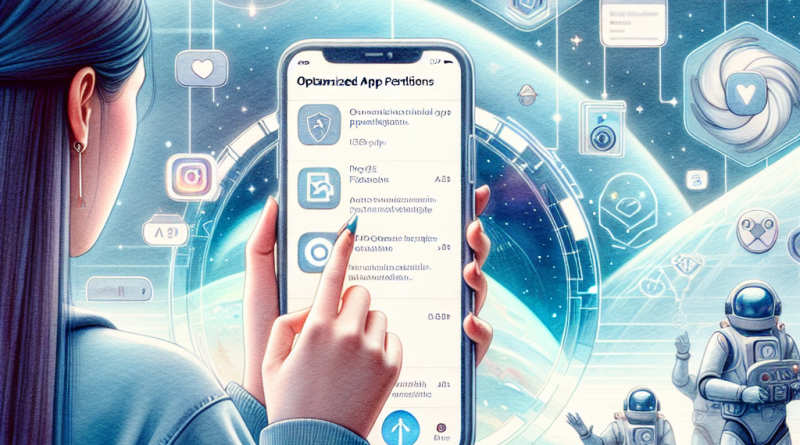How We Optimized App Permissions Using iOS 26 Privacy Settings
As iPhone users and developers, we constantly seek a balance between usability and privacy. With the release of iOS 26 privacy settings, our team at iphone26.com set out to refine how our apps request and handle user permissions. The process was enlightening. Here’s how we achieved a more transparent and user-controlled experience using iOS 26.
Understanding the New App Transparency Dialogues
iOS 26 introduced enhanced permission dialogues that require explicit user consent. We began by revisiting every data access point in our app and mapped it to the appropriate system-level request. This included location, camera, microphone, and health data. Including context-aware descriptions proved critical in gaining user trust during permission prompts.
Implementing Granular Control for Users
Leveraging new APIs in iOS 26, we adopted per-feature toggles within the app. This allowed users to enable or disable individual permissions without disabling our app entirely. We also integrated a privacy dashboard that mirrors the native iOS privacy report.
Testing Through Developer Mode
Using the beta developer tools, we simulated first-launch scenarios to observe how users encounter privacy prompts. We refined our onboarding flows after analyzing these interactions.
By aligning our development philosophy with the principles behind iOS 26 privacy settings, we’ve made our apps more respectful of user data. This not only boosts user confidence but also sets a standard for digital responsibility.
To get the best in Mobile Communication Solutions, continue exploring the innovations at iphone26.com.

